Ryan Christian
Ontology-driven Knowledge Graph for Android Malware
Sep 03, 2021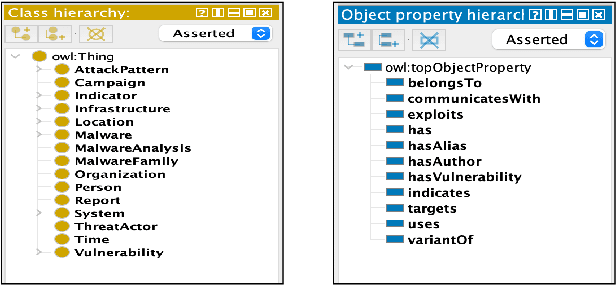
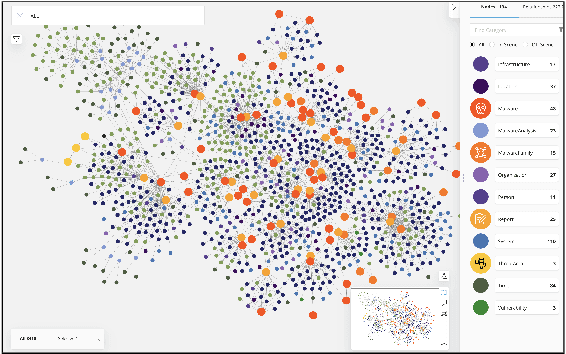
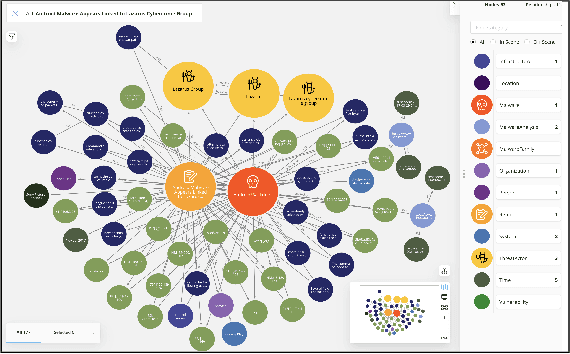
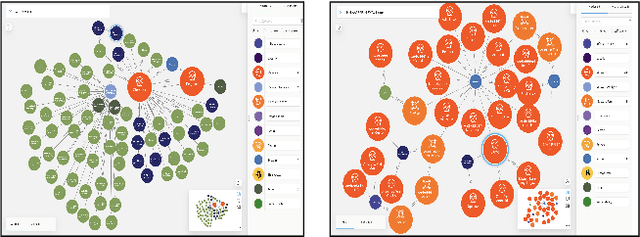
Abstract:We present MalONT2.0 -- an ontology for malware threat intelligence \cite{rastogi2020malont}. New classes (attack patterns, infrastructural resources to enable attacks, malware analysis to incorporate static analysis, and dynamic analysis of binaries) and relations have been added following a broadened scope of core competency questions. MalONT2.0 allows researchers to extensively capture all requisite classes and relations that gather semantic and syntactic characteristics of an android malware attack. This ontology forms the basis for the malware threat intelligence knowledge graph, MalKG, which we exemplify using three different, non-overlapping demonstrations. Malware features have been extracted from CTI reports on android threat intelligence shared on the Internet and written in the form of unstructured text. Some of these sources are blogs, threat intelligence reports, tweets, and news articles. The smallest unit of information that captures malware features is written as triples comprising head and tail entities, each connected with a relation. In the poster and demonstration, we discuss MalONT2.0, MalKG, as well as the dynamically growing knowledge graph, TINKER.
Information Prediction using Knowledge Graphs for Contextual Malware Threat Intelligence
Feb 18, 2021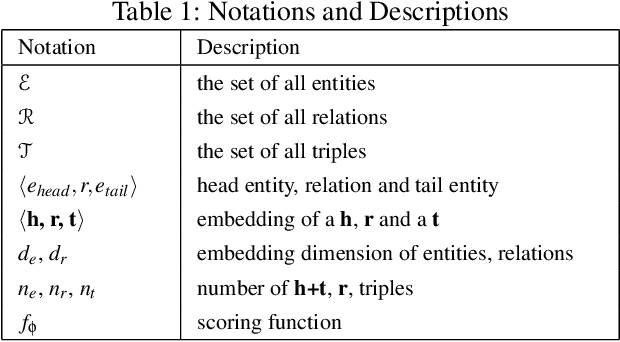

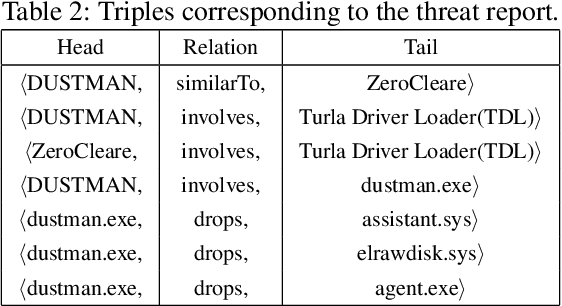
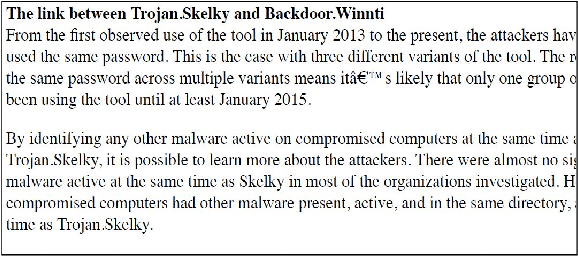
Abstract:Large amounts of threat intelligence information about mal-ware attacks are available in disparate, typically unstructured, formats. Knowledge graphs can capture this information and its context using RDF triples represented by entities and relations. Sparse or inaccurate threat information, however, leads to challenges such as incomplete or erroneous triples. Named entity recognition (NER) and relation extraction (RE) models used to populate the knowledge graph cannot fully guaran-tee accurate information retrieval, further exacerbating this problem. This paper proposes an end-to-end approach to generate a Malware Knowledge Graph called MalKG, the first open-source automated knowledge graph for malware threat intelligence. MalKG dataset called MT40K1 contains approximately 40,000 triples generated from 27,354 unique entities and 34 relations. We demonstrate the application of MalKGin predicting missing malware threat intelligence information in the knowledge graph. For ground truth, we manually curate a knowledge graph called MT3K, with 3,027 triples generated from 5,741 unique entities and 22 relations. For entity prediction via a state-of-the-art entity prediction model(TuckER), our approach achieves 80.4 for the hits@10 metric (predicts the top 10 options for missing entities in the knowledge graph), and 0.75 for the MRR (mean reciprocal rank). We also propose a framework to automate the extraction of thousands of entities and relations into RDF triples, both manually and automatically, at the sentence level from1,100 malware threat intelligence reports and from the com-mon vulnerabilities and exposures (CVE) database.
 Add to Chrome
Add to Chrome Add to Firefox
Add to Firefox Add to Edge
Add to Edge